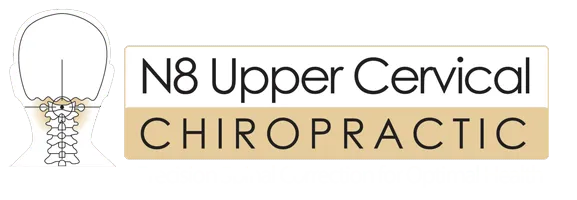 Some people use the terms vertigo and dizziness interchangeably. While they are very similar, they are not the same thing. It is important to understand the difference, especially if a person suffers from either of them.
Some people use the terms vertigo and dizziness interchangeably. While they are very similar, they are not the same thing. It is important to understand the difference, especially if a person suffers from either of them.
Vertigo is defined as a spinning sensation. The person may feel as if he is spinning or he may feel as if the things around him are spinning, but nothing is actually moving. It can be very intimidating and keep one from accomplishing the things he needs to do. In fact, he may be forced to sit or lie down until the sensation passes. Why does vertigo happen?
The way that the brain interprets balance can have a lot to do with whether or not a person experiences vertigo. The brain receives information about balance from three major components of the body:
- The inner ear
- The joints
- The eyes
It gathers information from all of these sensory inputs and uses it to interpret where the body is located in its environment. If improper information is relayed, then vertigo can be the end result. Where does this improper information come from?
To learn more about the connection between head and neck injuries and vertigo download our complimentary e-book How to Naturally Relieve Vertigo without Drugs by clicking the image below:
The Upper Spine and Vertigo
The spine is designed to act as a protector for the spinal cord. The job of the spinal cord is to carry information to and from the brain and body. It is the communication superhighway of the body. If a misalignment has occurred in either the C1 or C2 vertebra (where the neck and head meet), it can put undue pressure on the brainstem causing it to send faulty signals. This can prevent information from the eyes, ears, and joints from reaching the brain properly.
Using a gentle method, these bones of the neck can be moved back into place with no popping or twisting required. This has helped many patients with vertigo to see a resolution to the problem. A case study was done by Dr. Erin Elster that included 60 patients with symptoms of vertigo. After receiving specific adjustments to the atlas (C1) vertebra, all of them saw some significant improvement. 48 of them saw their vertigo go away completely.
To schedule a consultation with N8 Upper Cervical Chiropractic clinic, call (02) 8553-6218 or just click the button below.
If you are outside of the local area, you can find an Upper Cervical Chiropractor near you at www.uppercervicalawareness.com.


